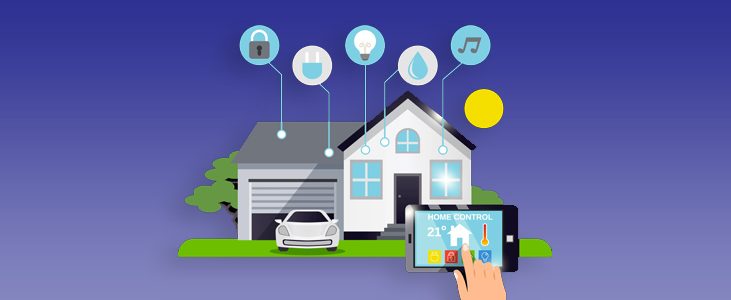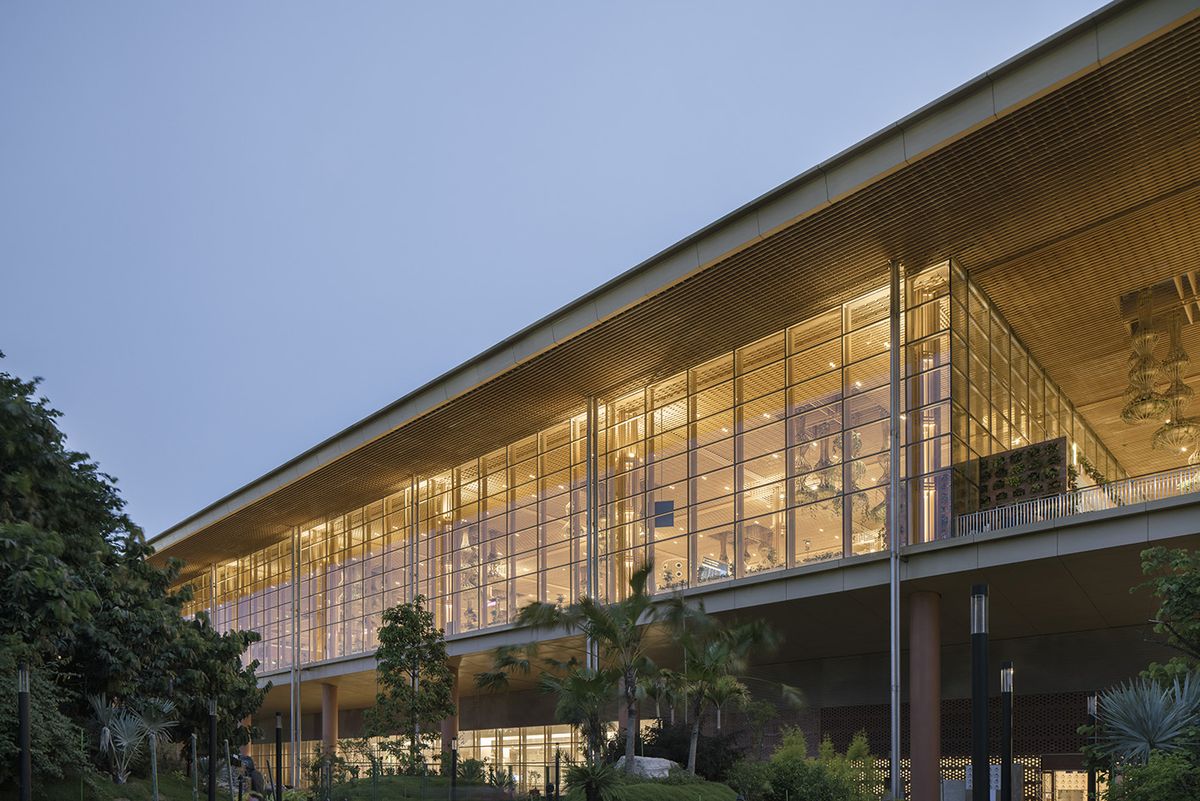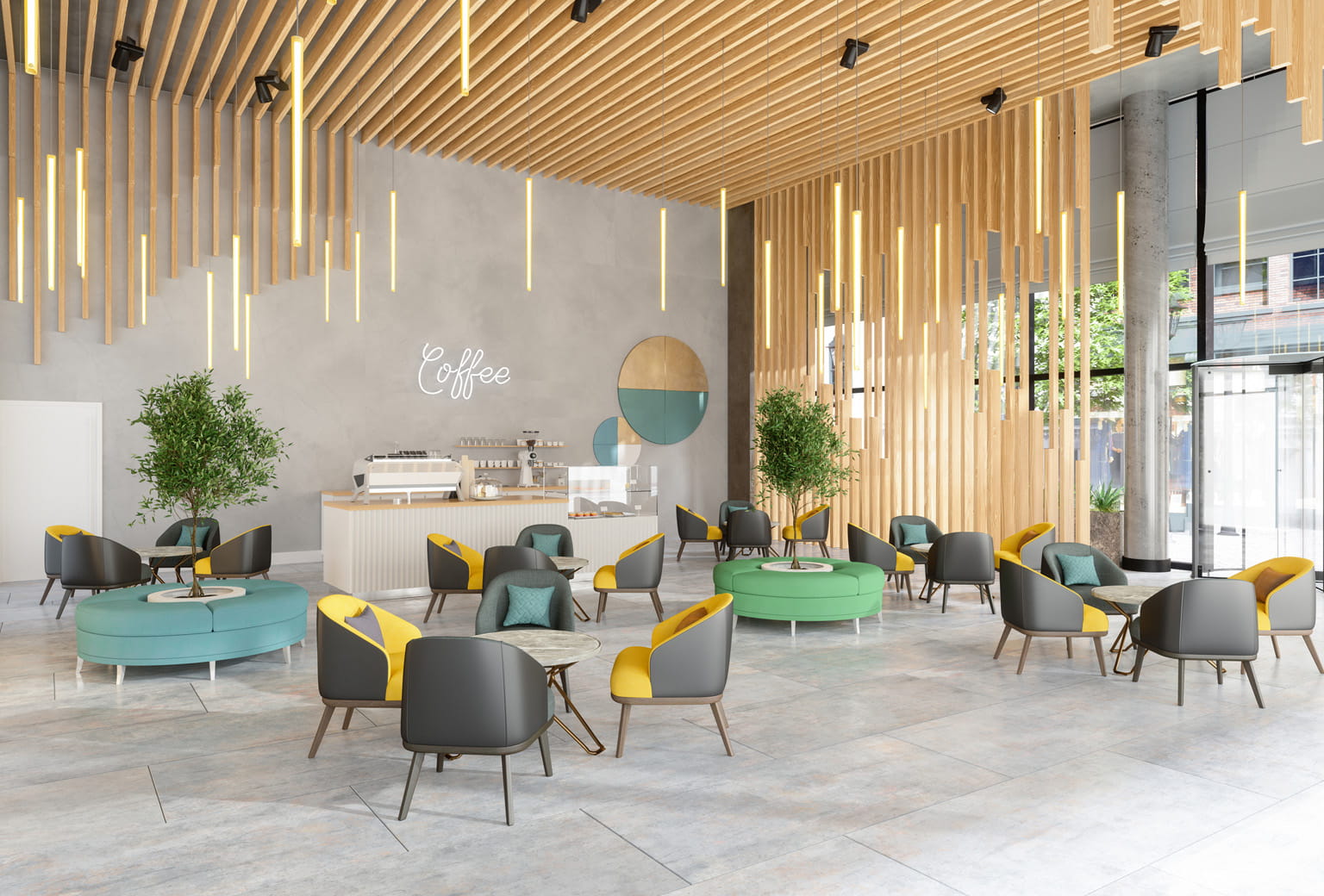Introduction: Redefining Work-Life Balance in the Digital Age
As the world embraces remote work as a new norm, the demand for remote work-friendly properties is on the rise. These properties cater to the needs of remote workers, digital nomads, and telecommuters by offering amenities, features, and locations conducive to productivity, comfort, and connectivity. In this article, we explore the growing trend of remote work-friendly properties, highlighting their appeal, benefits, and the factors that make them ideal for today’s remote workforce.
Understanding Remote Work-Friendly Properties: Meeting the Needs of Modern Professionals
Defining Remote Work-Friendly Properties
Remote work-friendly properties are residential spaces specifically designed or equipped to support remote work and telecommuting. From high-speed internet access and dedicated home offices to flexible living arrangements and proximity to coworking spaces, these properties prioritize the needs of remote workers, enabling them to work efficiently and comfortably from home.
Key Features of Remote Work-Friendly Properties
- High-Speed Internet: Reliable, high-speed internet connectivity is essential for remote work, and remote work-friendly properties often feature robust internet infrastructure to ensure uninterrupted productivity.
- Dedicated Workspaces: Many remote work-friendly properties offer dedicated home offices or study areas equipped with ergonomic furniture, ample natural light, and soundproofing to create an optimal work environment.
- Flexible Layouts: Flexible living spaces that can be adapted to accommodate remote work setups, such as convertible rooms or multipurpose areas, provide versatility for remote workers with varying needs.
- Proximity to Amenities: Convenient access to amenities such as cafes, restaurants, gyms, and coworking spaces enhances the overall work-life balance of residents in remote work-friendly properties.
Advantages of Remote Work-Friendly Properties
Enhanced Productivity and Focus
By providing dedicated workspaces, reliable internet connectivity, and minimal distractions, remote work-friendly properties empower residents to focus on their work tasks and maximize productivity. The conducive environment allows remote workers to maintain a healthy work-life balance while avoiding the stress and distractions often associated with traditional office settings.
Flexibility and Convenience
Remote work-friendly properties offer flexibility in terms of work hours, location, and lifestyle, allowing residents to tailor their work schedules to suit their individual preferences and priorities. The ability to work from home eliminates the need for daily commutes, saving time and reducing stress, while flexible living arrangements accommodate diverse needs and preferences.
Cost Savings
For remote workers accustomed to urban living, remote work-friendly properties in suburban or rural areas often offer lower housing costs, reduced living expenses, and a higher quality of life. The affordability and cost-effectiveness of these properties make them an attractive option for remote workers seeking to optimize their financial resources while enjoying a comfortable living environment.
Community and Networking Opportunities
While remote work offers autonomy and independence, it can also lead to feelings of isolation and disconnection. Remote work-friendly properties address this challenge by fostering a sense of community and facilitating networking opportunities among residents. Shared amenities, social events, and collaborative spaces promote interaction and camaraderie, enriching the remote work experience and fostering meaningful relationships.
Innovations Driving Remote Work-Friendly Properties
Smart Home Technology
The integration of smart home technology enhances the functionality and convenience of remote work-friendly properties, allowing residents to control various aspects of their living environment remotely. From smart thermostats and lighting systems to home automation platforms and virtual assistants, these technologies streamline daily tasks and optimize energy efficiency, enhancing the overall remote work experience.
Sustainable Design Principles
Many remote work-friendly properties incorporate sustainable design principles and eco-friendly features to minimize environmental impact and promote responsible living. Energy-efficient appliances, passive design strategies, and renewable energy sources reduce carbon footprints and contribute to a healthier, more sustainable lifestyle for residents.
Wellness and Lifestyle Amenities
Recognizing the importance of holistic well-being, remote work-friendly properties offer a range of wellness amenities and lifestyle services to support residents’ physical, mental, and emotional health. From fitness centers and yoga studios to meditation gardens and wellness programs, these properties prioritize the well-being of residents, fostering a balanced and fulfilling lifestyle.
Conclusion: Empowering Remote Professionals in the Modern Era
In conclusion, remote work-friendly properties represent a dynamic and innovative approach to residential living, catering to the needs and preferences of today’s remote workforce. By providing conducive work environments, flexibility, community, and lifestyle amenities, these properties empower remote professionals to thrive in the digital age. As the trend towards remote work continues to grow, remote work-friendly properties will play an increasingly important role in shaping the future of work and living.





